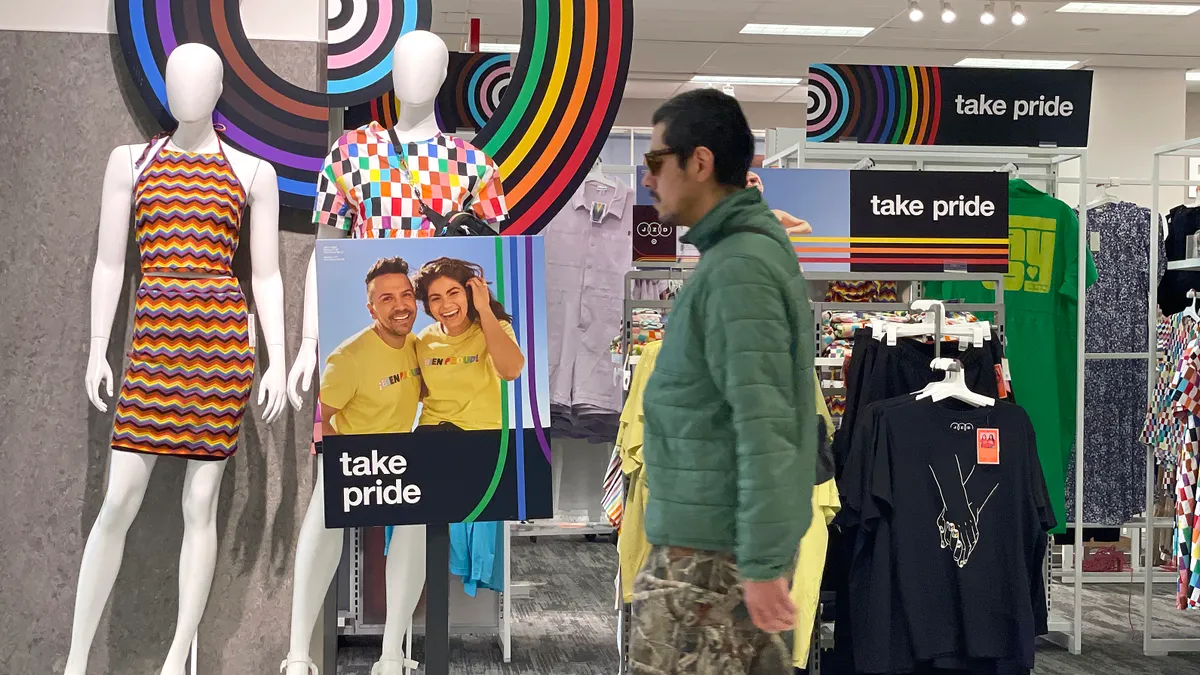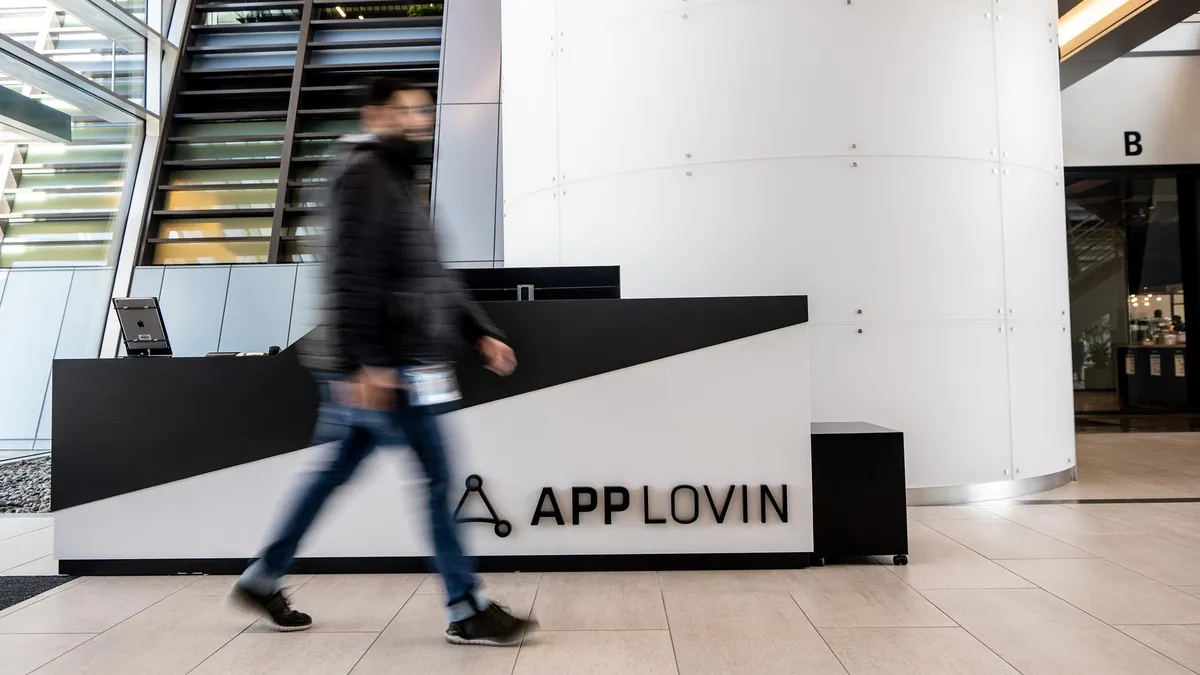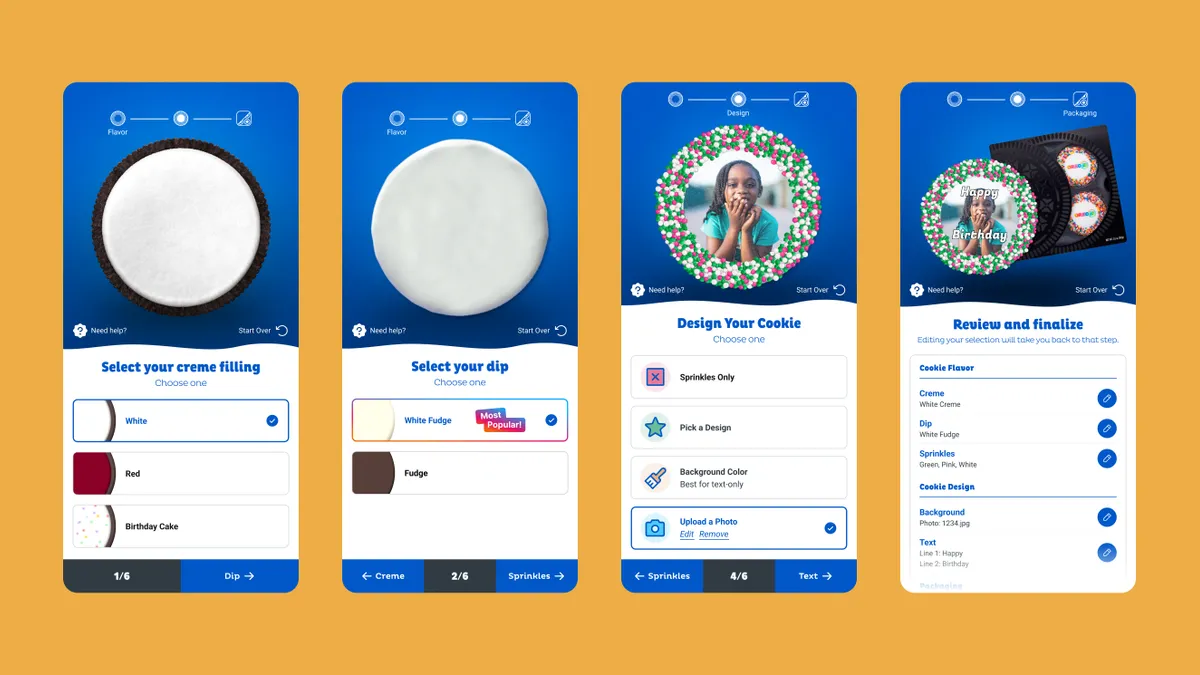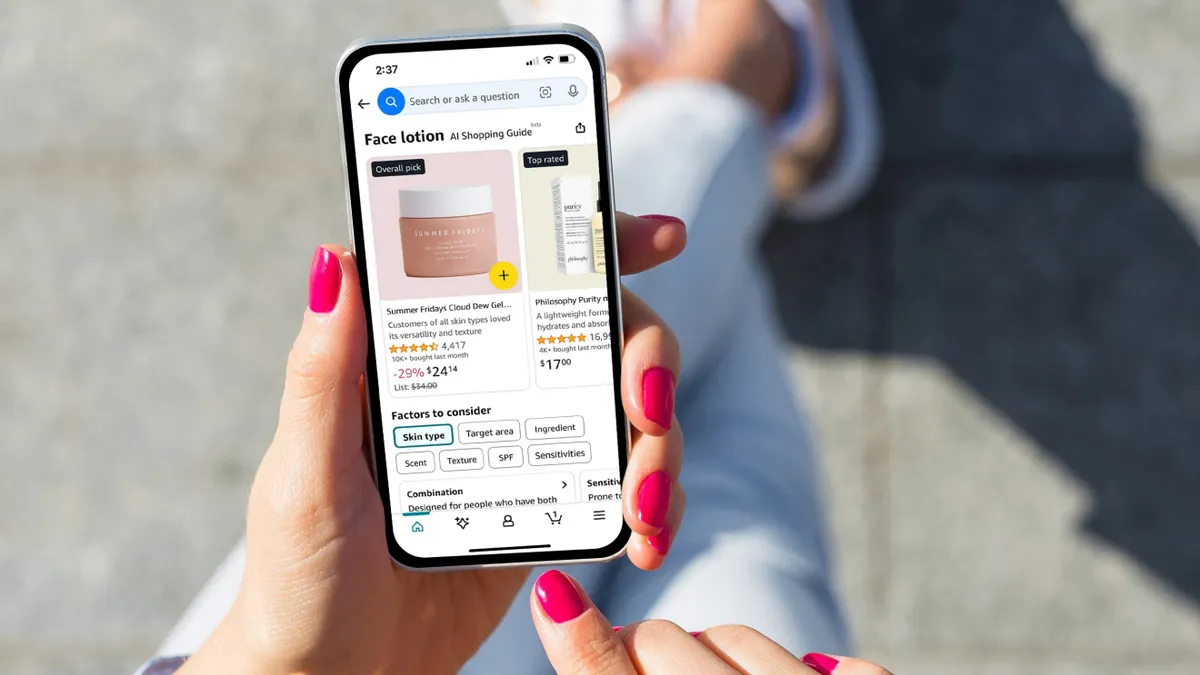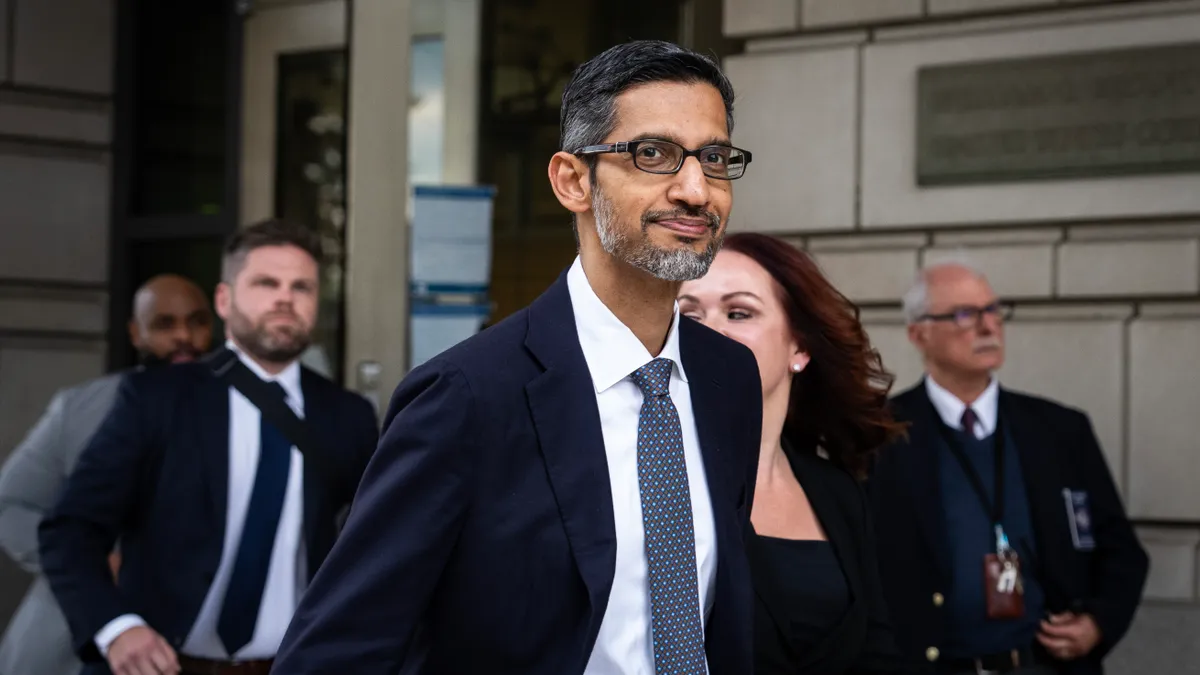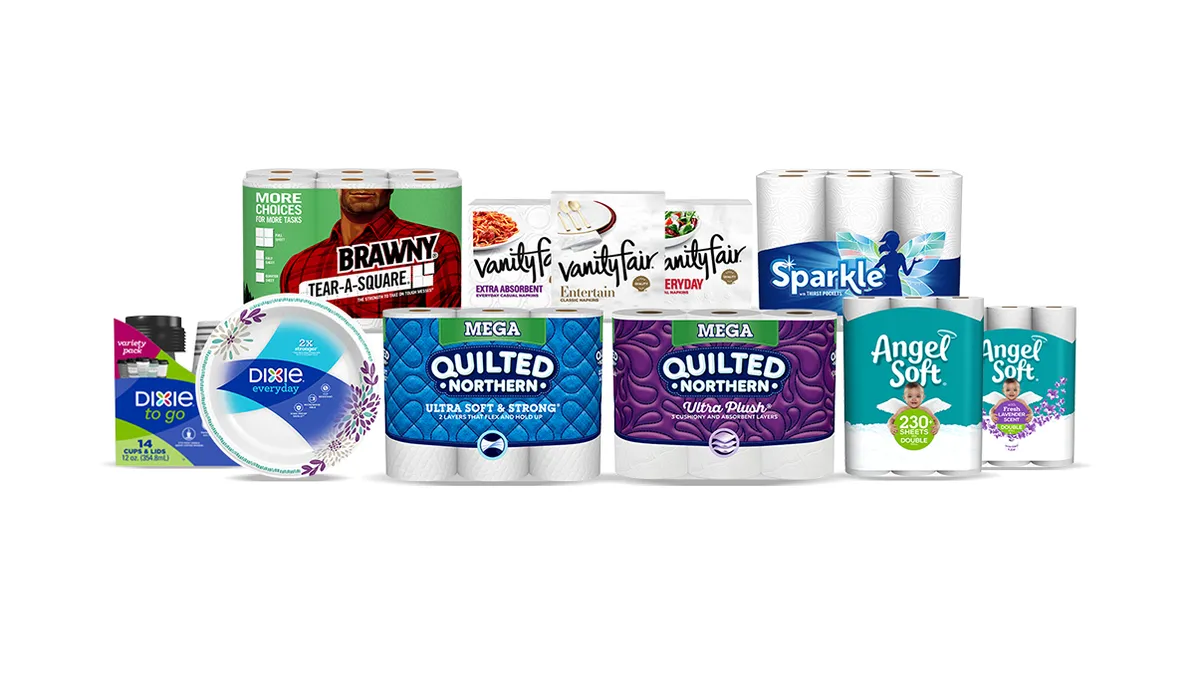Marketers are taking the quality of their digital ads more seriously than ever, but whether a few tweaks will be enough to rebuild consumer confidence and position the industry for a vibrant future remains unclear.
Consumer interest in ad blocking software has caught publishers’ and marketers’ attention, with concern growing over interstitials and other ad formats often perceived as intrusive or otherwise delivering a subpar user experience. The industry’s alarm is evident in IAB’s recent overhaul of standard ad portfolio guidelines — its first in years — and the formation of the Coalition for Better Ads, which brings together Google, Procter & Gamble and a number of industry groups worried about the effect of ad blocking.
These and other efforts face two towering stumbling blocks that could require a jackhammer more than a chisel to produce any meaningful advancement in quality: The outdatedness of current infrastructure and the number of stakeholders whose business models are built on precisely the kind of ads that consumers find most objectionable — and who are therefore reluctant to embrace change.
“It is time for us, as an industry, to look at everything and almost start from scratch and redraw it to what is going to be sustainable into the future.”
Deirdre McGlashan, Chief Digital Officer, MediaCom
“We are still using a lot of the same formats that were built in 1997,” said Deirdre McGlashan, chief digital officer at MediaCom, during a panel discussion about ad blocking and ad quality at last month’s Dmexco event in Germany. “The industry, the content, everything has evolved so much the last 20 years, and a lot of the units are the same.
“It is time for us, as an industry, to look at everything and almost start from scratch and redraw it to what is going to be sustainable into the future.”
Brand safety
So far, ad blocking’s impact has been felt most by publishers, whose advertising revenues are diminishing as a result of the growing practice. But the growth of ad blocking is also a very tangible sign that there is a bigger underlying issue — one that impacts brands.
Marketers have been harder to convince that ad blocking is a problem, as they don’t pay for ads that are blocked. But if publishers figured out how to circumvent ad blockers — which is something Facebook is working on — it would simply reintroduce annoying ads to the user experience. This is not a long-term solution as it would only further undermine consumer confidence in advertising.
For this reason, there is growing recognition among industry players that the best way to deal with the problem is to improve the quality of ads.
“[W]e do have a stake in making sure that the attraction with the consumer that is happening is welcome. Otherwise, the money we are throwing at the consumer is not well invested.”
Stephan Loerke, CEO, World Federation of Advertisers
“In a way, we don’t have an immediate stake in the current ecosystem,” Stephan Loerke, CEO of the World Federation of Advertisers, said during the Dmexco panel. “However, we do have a stake in making sure that the attraction with the consumer that is happening is welcome. Otherwise, the money we are throwing at the consumer is not well invested.
“So this idea that you start checking that what you deliver and the way you deliver it is welcomed is, for us, essential,” he said.
A long-ignored problem
The sheer size and importance of digital marketing is another reason that the concern over quality is happening now. If digital marketing still accounted for just 10% of budgets, marketers might not be paying so much attention to the user experience. In fact, it is precisely because the industry has long ignored quality to focus on other issues that it has landed in such hot water. But eMarketer forecasts total digital ad spending will surpass TV for the first time in 2017, a significant milestone. This means that marketers are investing a whole lot of money into digital ads that a growing portion of consumers are blocking or are frustrated with.
The industry is also paying the price for giving away content for free for years in order to build traffic. The unwanted side-effect is that a generation of younger consumers doesn’t understand the costs behind content, which has traditionally been underwritten by ads. But calls for the industry to educate consumers about the value exchange between content and advertising as a way to address ad blocking may have to wait until trust has been rebuilt.
“Ad blocking is something we haven’t had to deal with before. There is evidence if we fix the user experience, there is likely to be a slower growth in the adoption of ad blocking.”
John Montgomery, global executive VP of brand safety, GroupM Connect
“Our contention is you can’t have that conversation without fixing the user experience first,” John Montgomery, global executive VP of brand safety at GroupM Connect, told Marketing Dive. “Ad blocking is something we haven’t had to deal with before. There is evidence if we fix the user experience, there is likely to be a slower growth in the adoption of ad blocking.”
Tackling the problem
Founded just one month ago at the Dmexco conference, the Coalition for Better Ads is positioning itself to lead the way in finding and implementing a solution for the quality problem around digital ads. The group, whose founding members include Google, Procter & Gamble, Unilever, The Washington Post and a handful of leading advertising and marketing associations, will primarily focus on addressing consumers' concerns that Internet sites and services are being gummed up by intrusive ad practices.
For an issue as far-reaching and thorny as ad quality, it is a fair question to ask if a coalition of industry bigwigs — who do not necessarily represent the interests of all marketers — can effectively tackle it. But if history is any lesson, then the Coalition for Better Ads just might have a chance.
We need only look to the Digital Advertising Alliance (DAA), an independent nonprofit that establishes and enforces privacy practices so that when consumers see a targeted ad, they can access information about where the data was collected from that resulted in that ad being delivered. The DAA grew out of a coalition of advertising and marketing trade associations that were able to make enough headway on the privacy issue for the group to stand on its own.
One lesson the Coalition for Better Ads can take from the DAA example is that consumers want more control.
“As we talk to companies, they see that their consumers want to engage and want to have control, and we offer that,” Lou Mastria, DAA’s executive director, told Marketing Dive. “At the industry level, folks see that the program is working the way it is supposed to.”
A global effort to defeat ad blocking
What is somewhat unique about the Coalition for Better Ads compared to other similar industry efforts is its breadth.
“What is important is that it is global. It spans everybody, marketers, agencies, etc.,” Alanna Gombert, general manager of IAB Tech Lab, explained to Marketing Dive. “A lot of our initiatives have not been global in nature. This is very specifically global.”
“The jury is still out. We’ve never [rolled out ad standards] on a global scale.”
John Montgomery, global executive VP of brand safety, GroupM Connect
Such a broad push as this is a lofty goal, but the expansiveness of these efforts could be a challenge.
“I am reasonably optimistic on the basis of alignment across the ecosystem to take this very seriously and to address this head on,” WFA’s Loerke said. “The jury is still out. We’ve never done it on a global scale, roll out ad standards on a global scale which are locally relevant, so I don’t want to underestimate the work which will be needed.”
Any effort to address quality must also be flexible, as the industry is evolving at a quick pace, with the introduction of new marketing and advertising technology still a regular occurrence. But the IAB and the Coalition for Better Ads are not the only ones taking on this issue.
In an attempt to further insert itself into the quality debate, market-leading ad blocking software AdBlock Plus recently launched a platform for serving whitelisted ads to users that initially included Google and AppNexus, who were to sell ad inventory. However, the two ad exchanges quickly distanced themselves from AdBlock Plus, pointing to ongoing industry acrimony toward ad blockers and calling into question whether the effort has strong enough legs to move forward.
With the IAB’s new ad formats currently going through a public discussion period and the Coalition for Better Ads just ramping up, advertisers eager to improve the user experience right now may feel at a loss over where to begin. One way could be to embrace IAB’s LEAN principles, which were introduced last year and address how to build ads that are non-invasive, light, encrypted and support consumers’ choice to not receive targeted ads.
But however the quality issue progresses from here, it's clear that the time to act on the issue is sooner rather than later — when even more consumers may have adopted ad blocking software.
“Every consumer that installs an ad blocking app is going to be hard to persuade to let advertising back in,” GroupM’s Montgomery said.





